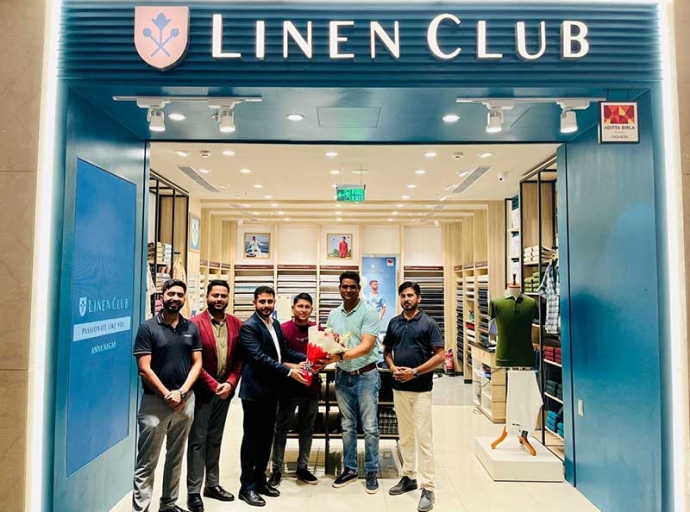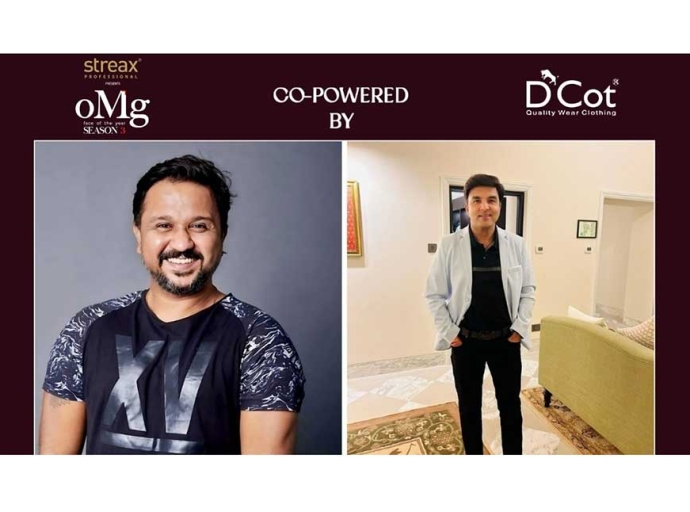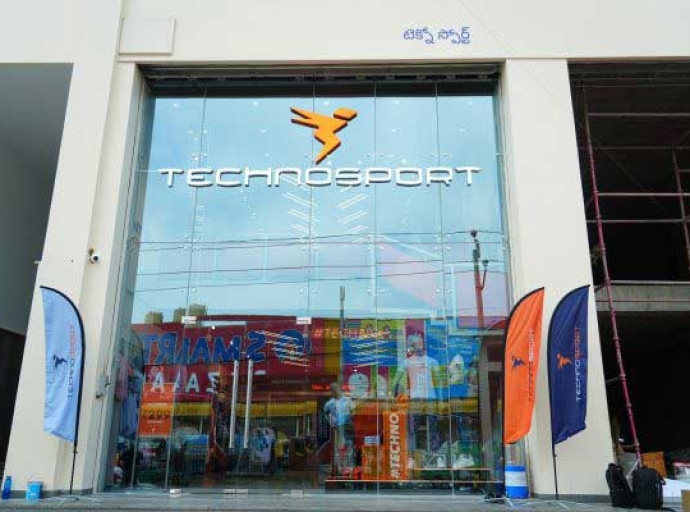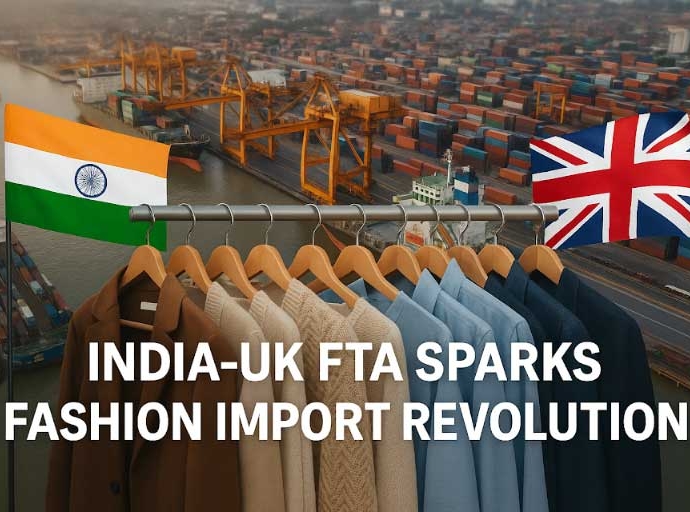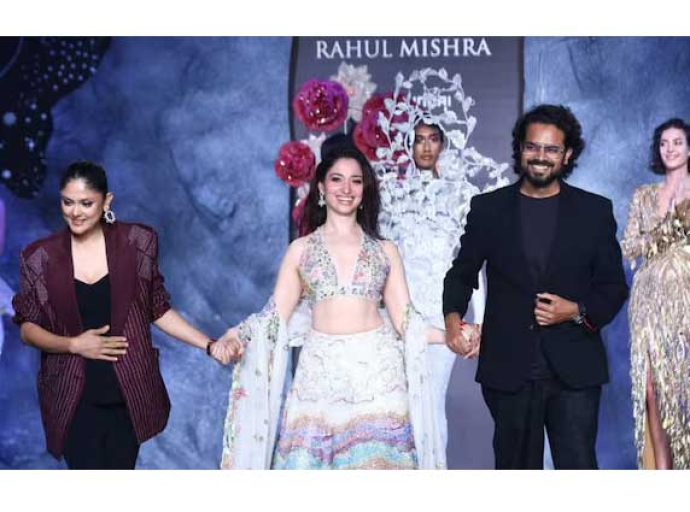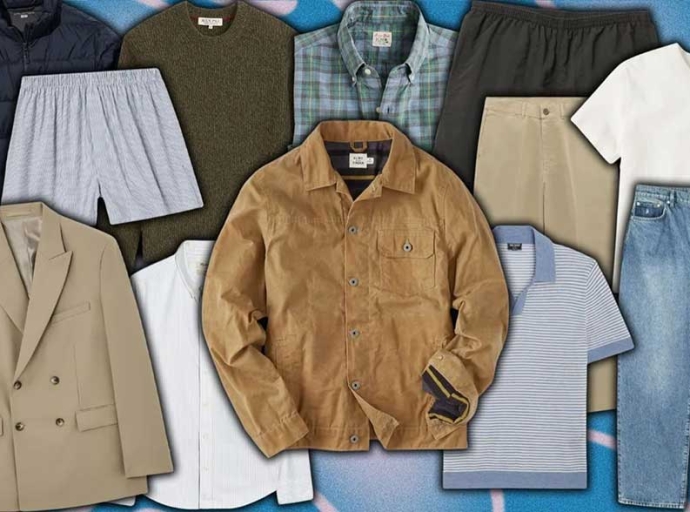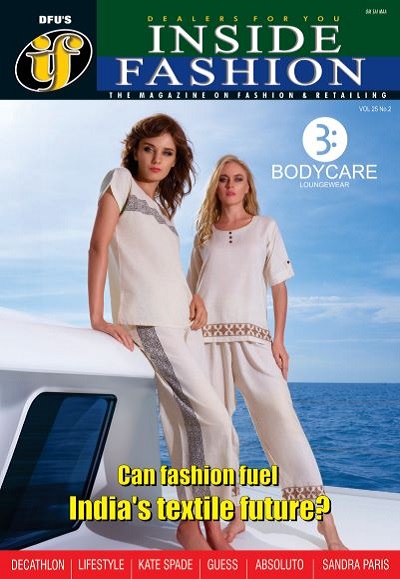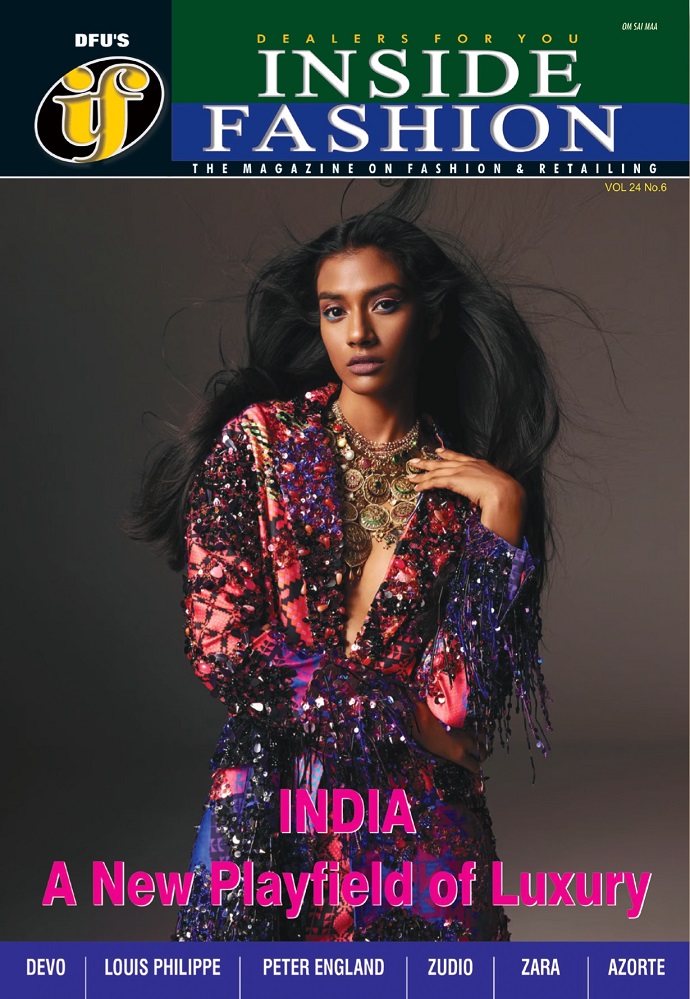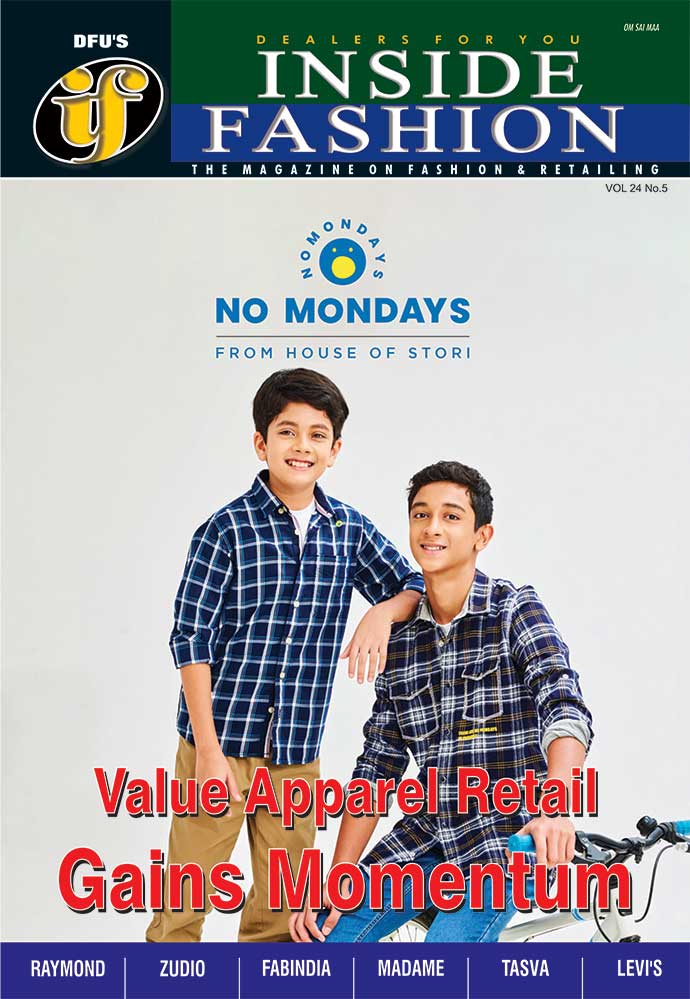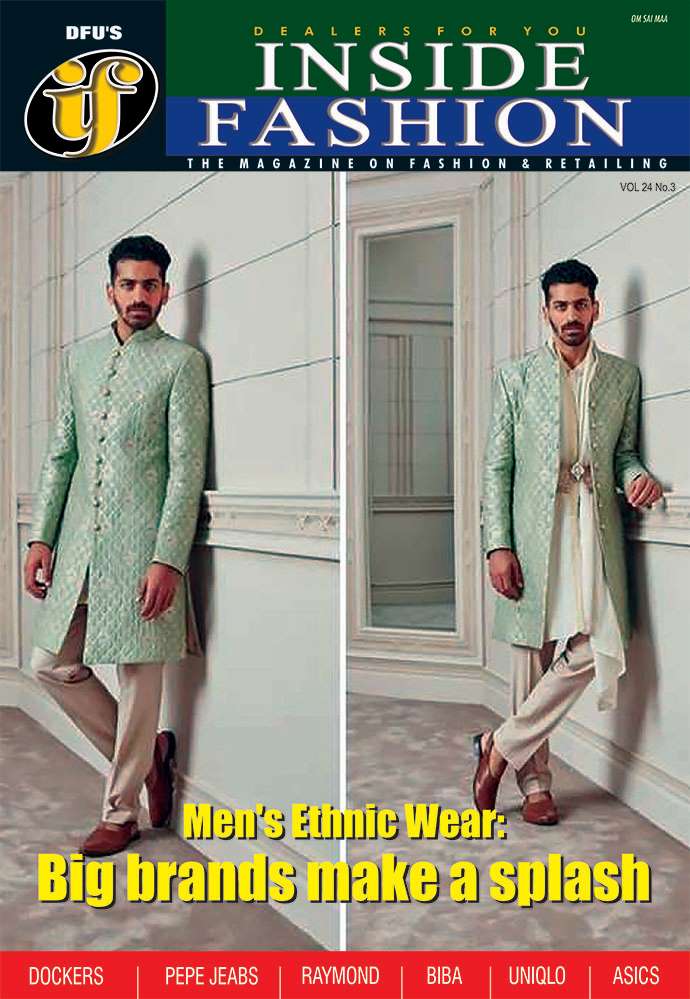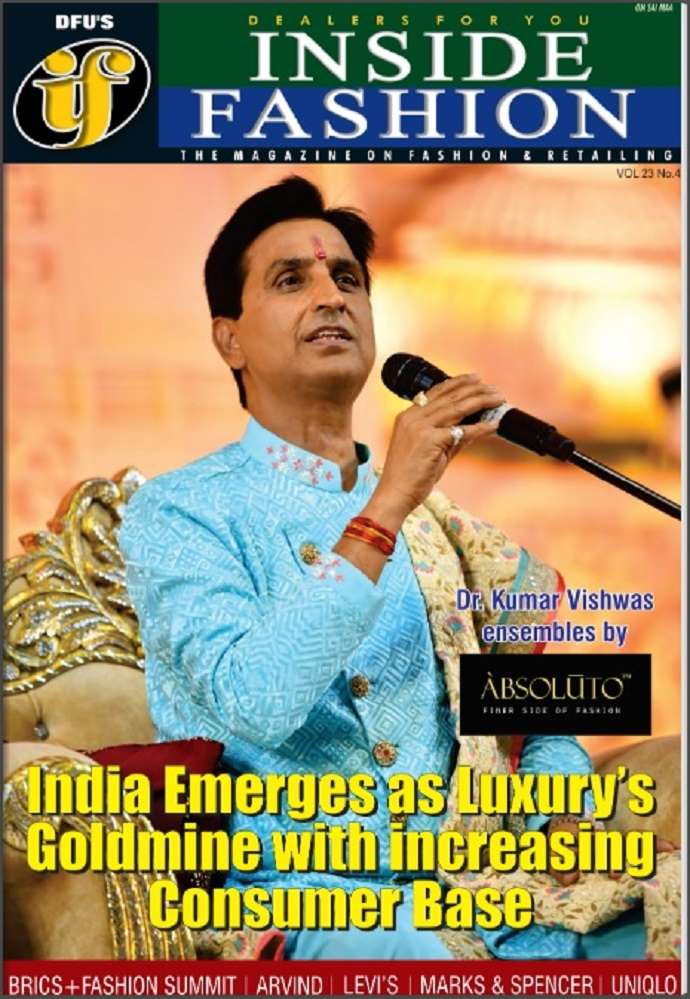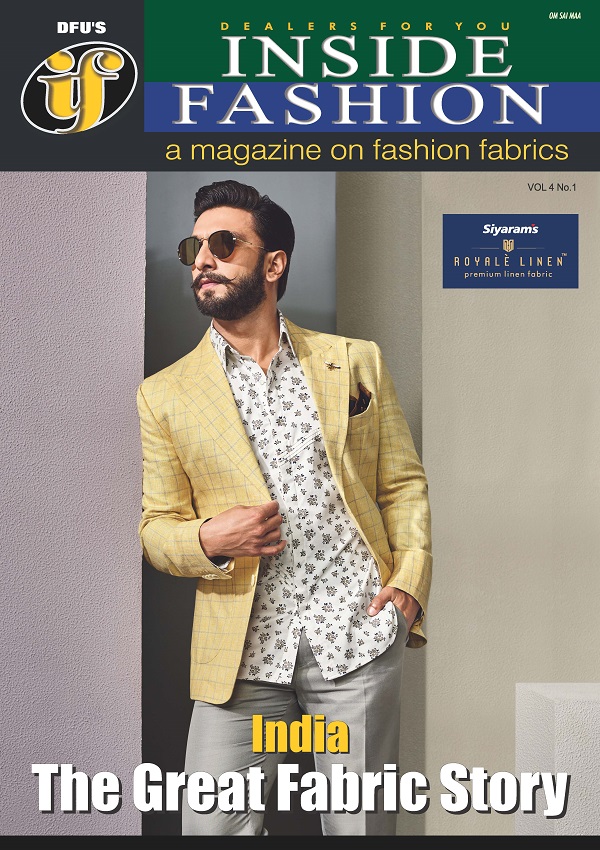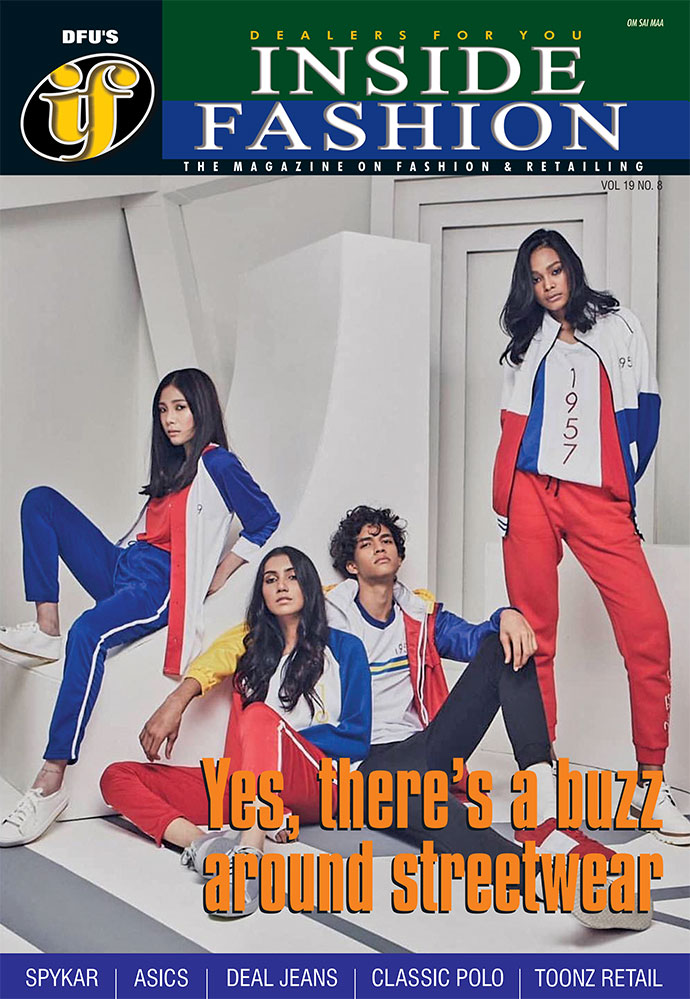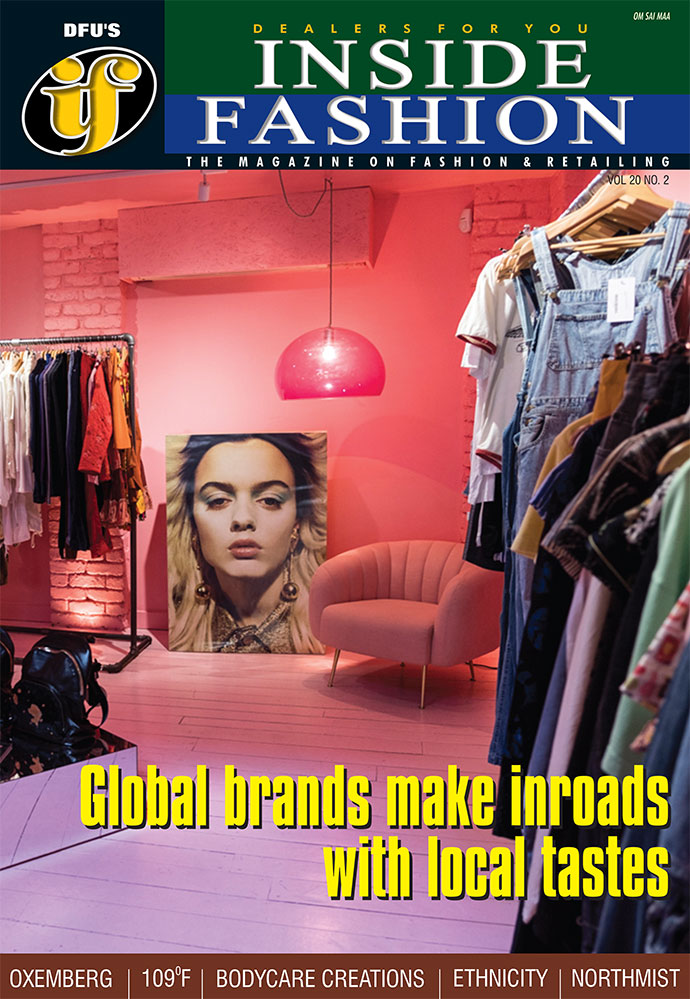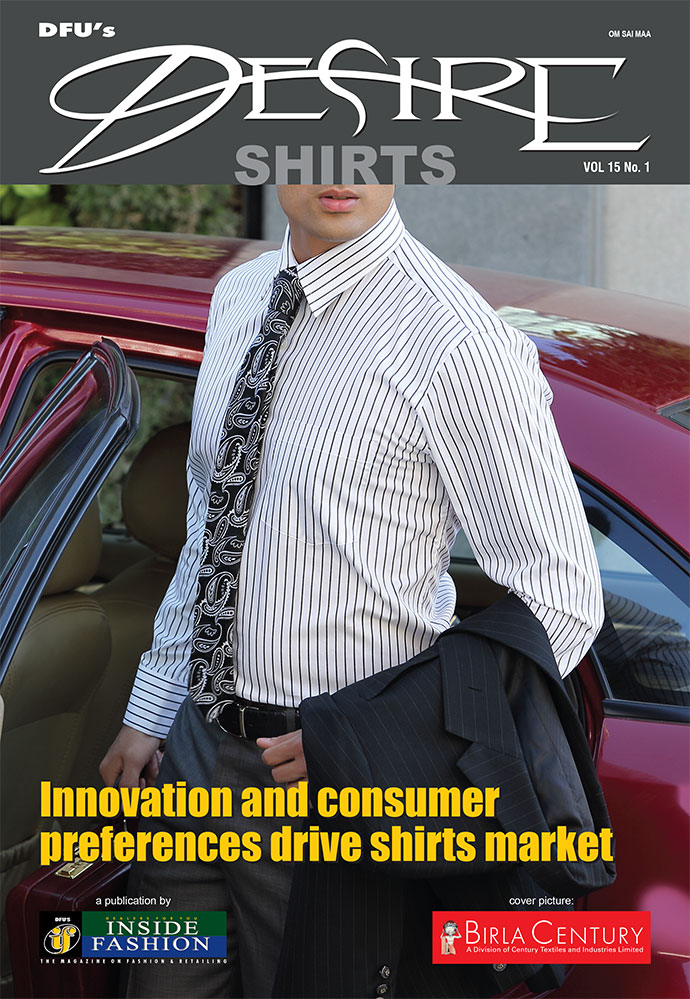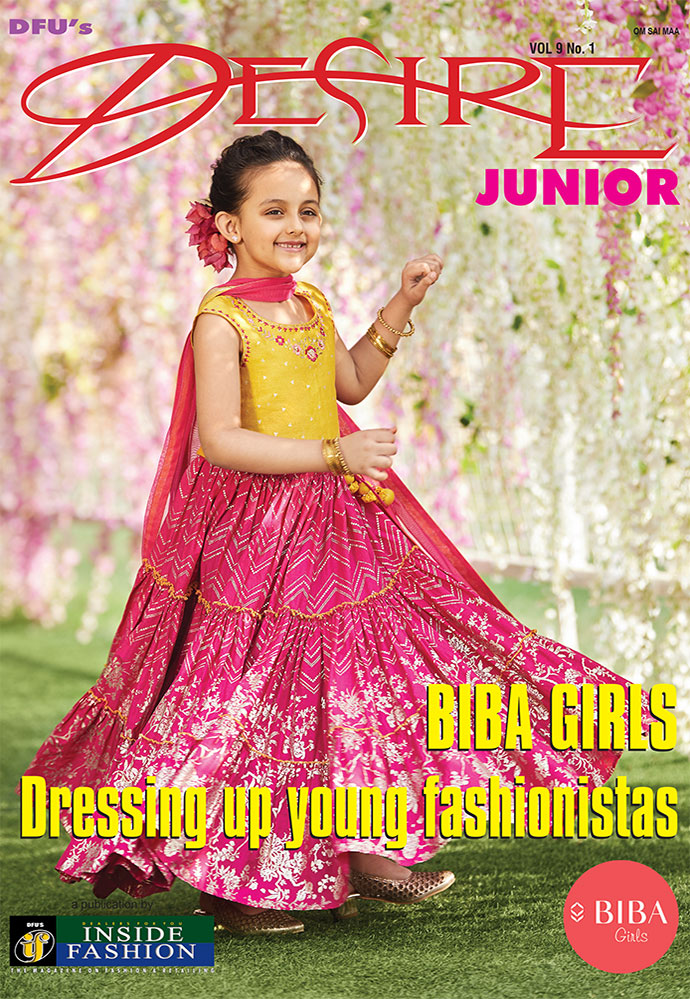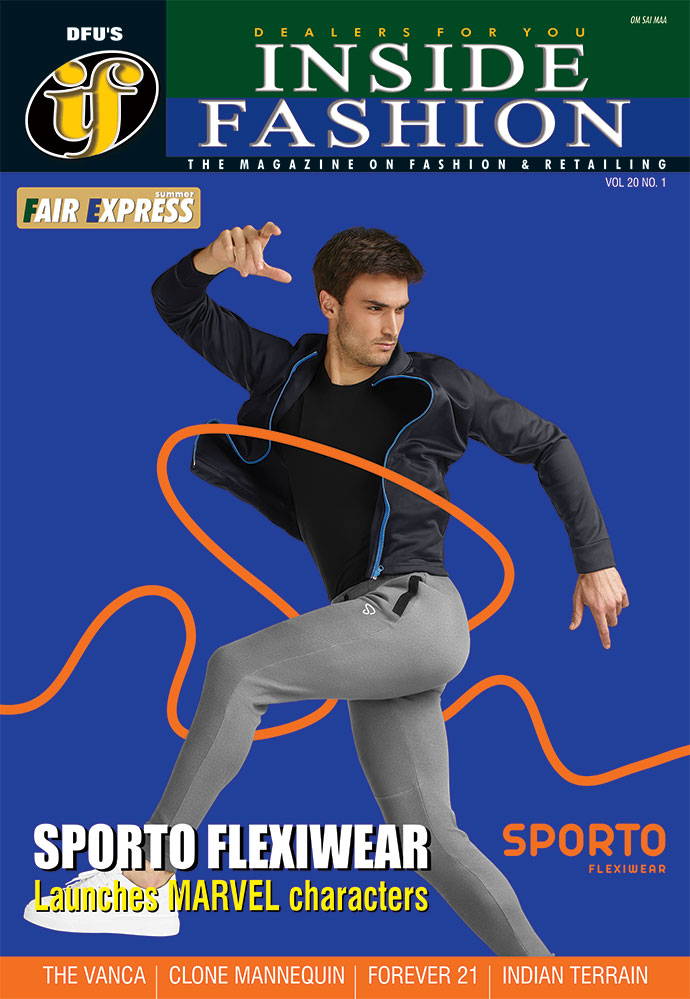24 July, Mumbai 2025
Indian fashion landscape is in the midst of a quiet revolution — not one led by couture runways or high-end designers, but by young people in college corridors, urban cafés, and on Instagram reels. In metros and Tier II cities alike, Gen Z is embracing unisex fashion as a statement of comfort, authenticity, and evolving cultural consciousness.
Read our latest issue
Far from being a fringe fad, gender-neutral clothing is fast becoming a staple of youth wardrobes, challenging long-standing binaries in Indian apparel.
A shift beyond the binary
For decades, Indian fashion has mirrored its societal norms: sharply divided between men’s and women’s wear, with color palettes, cuts, and styles dictated by gender conventions.
That demarcation is now blurring. Today's youth — raised on global pop culture, sensitized to gender discourse, and empowered by digital platforms — are actively choosing clothes that reflect their identity over imposed norms. Gender-neutral fashion has emerged not just as a style preference, but as a quiet act of resistance.
Fashion Guru
Oversized silhouettes, relaxed trousers, baggy jeans, monochrome shirts, and boxy tees — long a part of international androgynous fashion — have found resonance in India. Brands both Indie and mainstream are tuning in, shifting towards collections that de-emphasize gendered categories in favor of "fit for all" design language. Experts point out, fashion is no longer about boy or girl, it’s about ‘self’. And clothes should be fluid, just like identity.
What lead to the rise of unisex clothes
There are several reasons for the growth of this segment from cultural to practical and technological factors all have worked in tandem towads this change.
Changing perceptions of gender: One major driver of unisex fashion is a generational shift in gender identity and expression. Exposure to global movements — from #GenderFluid to Pride parades and non-binary representation in pop culture — has fostered a more inclusive worldview.
Indian Gen Z, especially in urban pockets, is growing increasingly aware of the limitations of gendered fashion and choosing alternatives that allow for individuality without labels.
Join our community
The comfort-first mentality: Comfort is king — and unisex styles deliver. In a world of side-hustles, long commutes, and hybrid work/study models, young Indians want clothing that moves with them.
Loose fits, durable materials, and flexible styling options make unisex wear a natural choice. Unlike traditional apparel that often sacrifices comfort for design (especially in women’s fashion), unisex clothes balance practicality with edge.
DFU Profile
Shared economies and smart consumption: In households where siblings or roommates share wardrobes, unisex clothing presents an economic advantage. As India’s cost-conscious Gen Z navigates rising urban expenses, the ability to mix, match, and share adds value. A hoodie worn by a brother today can be styled as a dress tomorrow — a genderless wardrobe is also a minimalist’s dream.
Digital influence and global inspiration: From YouTube fashion hauls to Instagram thrift pages and Pinterest mood boards, digital platforms have been instrumental in popularizing gender-fluid aesthetics.
Visit for more
Indian youth are no longer reliant on domestic fashion cues — they’re actively borrowing from Korean streetwear, Scandinavian minimalism, and even punk and rave subcultures. The rise of influencers advocating inclusive fashion has further cemented unisex style as aspirational. Creators like Ankush Bahuguna and Sakshi Sindwani, who challenge body and gender stereotypes, are shaping consumer tastes at scale.
Sustainability as a subtext: Though not the dominant motive, eco-consciousness adds depth to the appeal of unisex apparel. A capsule wardrobe built around versatile, neutral, and high-quality pieces fits neatly into the ethos of mindful consumption. Fewer pieces, more looks, less waste. The growth of gender-neutral fashion, while hard to quantify directly, can be traced through adjacent segments.
Table: Growth in related apparel segments in India
|
Apparel Segment
|
CAGR estimate (%)
|
|
Streetwear
|
18–25
|
|
Athleisure Wear
|
15–20
|
|
Casual Wear (Non-Denim)
|
10–12
|
(Source: Industry reports, 2023–2024)
These categories — naturally suited to unisex styling — are being driven by urban youth in metros like Bengaluru, Mumbai, and Delhi, as well as in aspirational Tier II cities such as Pune, Chandigarh, and Kochi.
E-commerce platforms have also reported notable shifts.
Table: Online search trend for unisex fashion keywords
|
Keyword
|
2023–24 growth (%)
|
|
Unisex T-shirt
|
+35
|
|
Gender Neutral Hoodie
|
+42
|
|
Oversized Shirt
|
+50
|
|
Androgynous Style India
|
+28
|
Source: Proprietary data from major e-commerce platforms, 2024
These trends reflect a real and rising demand — not just passive interest — in gender-agnostic styles. Brands like H&M, Urban Monkey, Freakins, Huemn, and even FabIndia have started launching unisex capsules, limited edition drops, and size-fluid collections. Startups such as Six5Six and Jaywalking are also capitalizing on this shift with a strong Gen Z focus.
Retail’s slow but steady recalibration
Despite this consumer momentum, the Indian retail ecosystem is still playing catch-up. Most stores continue to categorize merchandise along binary lines. Visual merchandising, marketing campaigns, and even trial rooms remain deeply gendered.
However, that too is beginning to change. Pop-up stores, multi-brand concept spaces, and gender-fluid fashion shows are emerging as disruptors. Platforms like Nykaa Fashion, Ajio, and Myntra are experimenting with style over sex filters, allowing users to shop by fit or aesthetic rather than gender.
As Rajat Taneja, co-founder of a Delhi-based gender-neutral fashion label explains, we are witnessing a democratisation of Indian fashion. Youth aren’t waiting for the industry to change — they’re building their own style codes.
Towards a fluid future
India’s unisex fashion wave isn’t just about what young people wear — it’s about who they are and how they choose to be seen. In moving beyond the rigid categories of “his” and “hers,” Gen Z is forging a more inclusive, expressive, and liberated relationship with fashion. In the years ahead, as more brands adapt to this fluid future, the unisex movement could catalyze a deeper recalibration of Indian fashion — one where identity, not gender, defines the outfit.
LATEST FASHION NEWS

